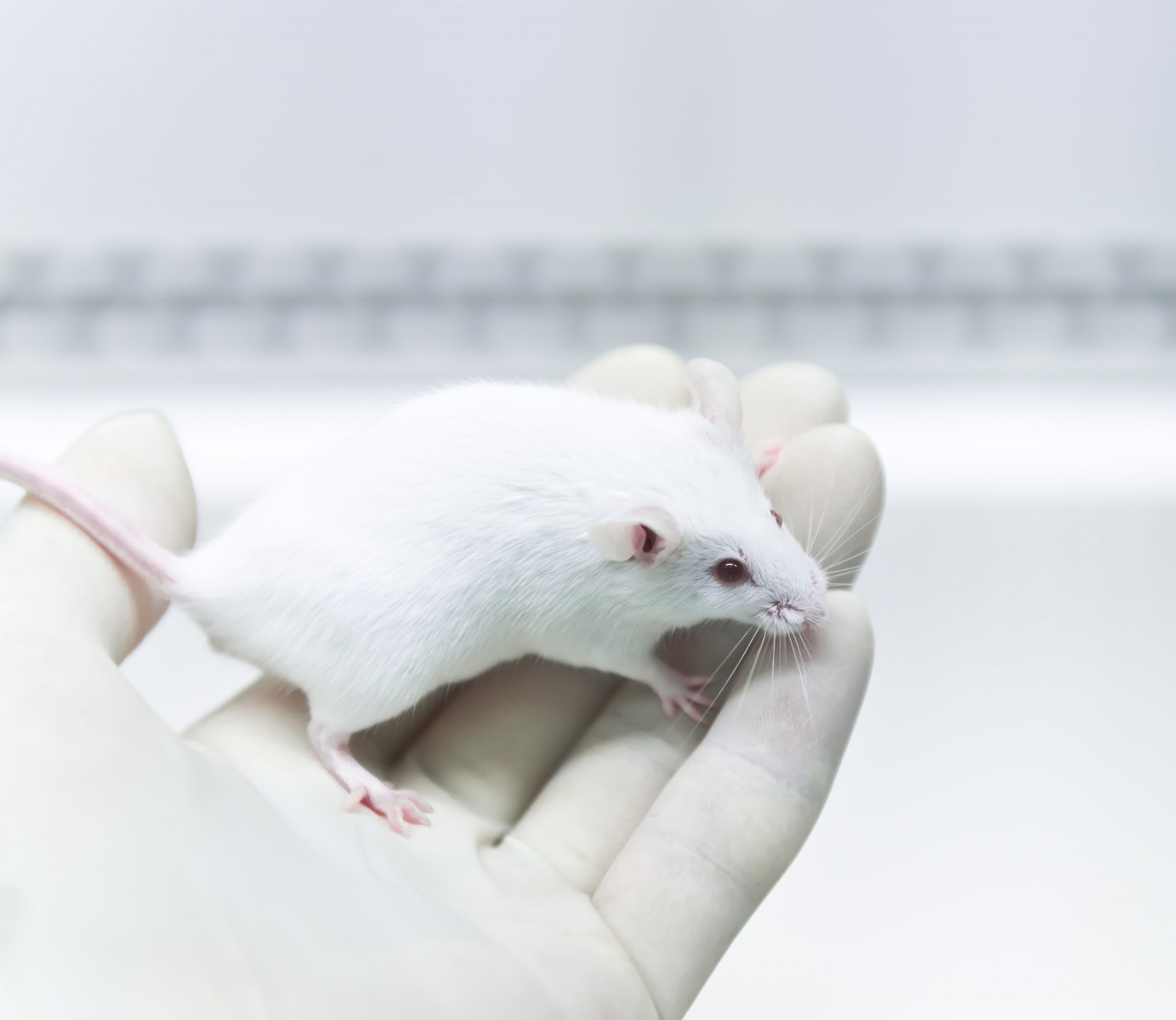Investigational Gene Therapy Increased FIX Production

Optimization of investigational hemophilia B gene therapy led to more than 25 times the production of factor IX (FIX), the blood-clotting protein that is missing in people with the condition, a study has found.
According to researchers, these findings support the development of gene therapies that can be used at lower doses to address many long-term safety and efficacy issues seen at higher dose levels.
Results were showcased in an abstract, “Optimization of Human FIX Expression Cassettes for Superior Liver-targeted Gene Therapy of Hemophilia B,” (#340, page 168) that was presented at the American Society of Gene & Cell Therapy (ASGCT) Annual Meeting, a virtual event held May 11–14.
Gene therapy in hemophilia B aims to deliver a functional copy of the F9 gene, which carries instructions for making FIX. Due to F9 mutations, this protein is either missing or malfunctions in people with the condition, resulting in excessive and prolonged bleeding episodes.
Harmless, modified adeno-associated viral (AAV) vectors are typically used to deliver the F9 gene to the liver to enhance the expression, or production, of human FIX (hFIX).
While recent gene therapy trials have been encouraging, long-term safety and efficacy using high doses of AAV remain significant unsolved concerns. Delivering an AAV expressing higher levels of hFIX would allow for lower doses of AAV to be used, potentially addressing these issues.
GeneLeap Biotech and Luye Boston R&D, in collaboration with scientists at the Indiana University School of Medicine, have now further optimized AAV vectors in an attempt to improve hFIX expression.
“This is the first time that we have presented information on the progress of our scientific research in gene and cell therapy at the ASGCT annual meeting,” Sean Fu, PhD, president of Luye Life Sciences Boston R&D Center, and CEO of GeneLeap Biotech, said in a press release.
“This reflects the strength of our R&D team’s innovation and drug development in this field. We look forward to working with global scientists to expand our scientific progress for translational science and provide greater momentum of innovation for the development of the company in the future,” Fu said.
The team constructed more than 70 hFIX expression vectors with different combinations of gene expression regulatory elements, gene-optimized and mutated F9 gene sequences, and factors to block immune responses against AAV8 — the specific type of AAV used.
The expression of hFIX was assessed in cultured human liver cells, healthy mice, and FIX-deficient hemophilia B mice.
Results were compared to a benchmark construct called AAV8.scAAV-LP1-cohFIX-Padua. Of note, Padua is a version of F9 that provides instructions for making a FIX protein that is eight times more active than normal FIX.
Screening of these constructs identified one — AAV8.pXLLY027 — with 25 times more activity than the benchmark construct in cultured liver cells. This was determined by measuring the amount of hFIX protein and its potency in blood plasma, the liquid portion of blood containing other clotting proteins.
In healthy mice, 28 and 56 days after into-the-vein (intravenous) injection, AAV8.pXLLY027 led to significantly higher FIX expression and FIX activity compared with the benchmark vector. The team also saw similar results in FIX-deficient hemophilia B mice.
They also found that modifications to the construct that were meant to limit immune responses affected FIX expression in mice.
“Together, a superior candidate AAV8.pXLLY027 with improved FIX expression and potency, over the benchmark, was successfully generated through systemic optimization of molecular structure and composite regulatory elements,” the team wrote.






